12 main principles of green chemistry
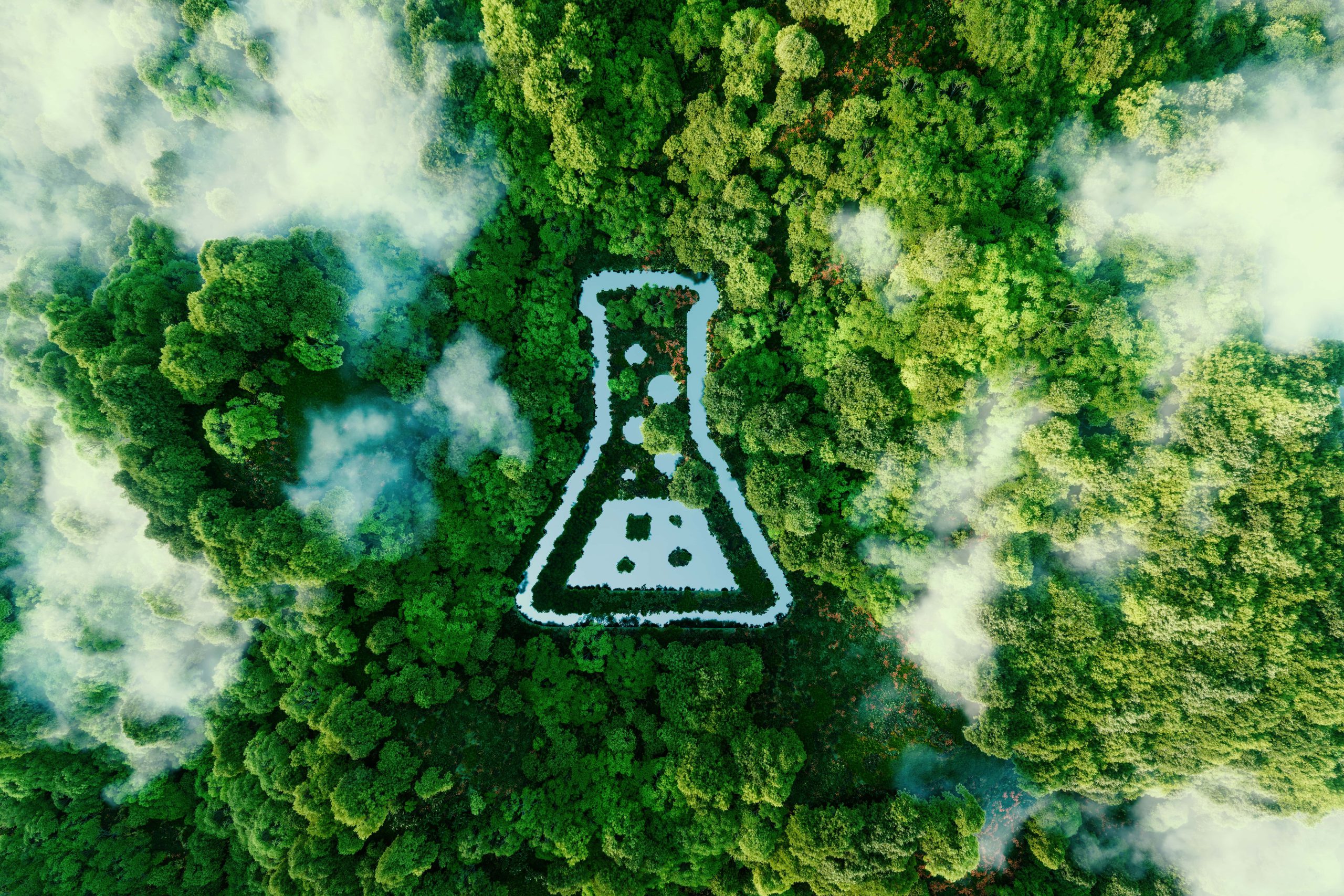
Green chemistry, also known as sustainable chemistry or environmentally friendly chemistry, is a field of chemistry that focuses on designing and developing products, processes, and technologies that minimize or eliminate the use and generation of hazardous substances. The goal of green chemistry is to promote the creation of environmentally friendly and sustainable materials and processes that have minimal negative impacts on human health and the environment.
These are the 12 main principles of green chemistry which will help you to get to know way better the breadth of the concept.
1. Prevent waste: Design chemical syntheses to prevent waste. Leave no waste to treat or clean up.
2. Maximize atom economy: Design syntheses so that the final product contains the maximum proportion of the starting materials. Waste few or no atoms.
3. Design less hazardous chemical syntheses: Design syntheses to use and generate substances with little or no toxicity to either humans or the environment.
4. Design safer chemicals and products: Design chemical products that are fully effective yet have little or no toxicity.
5. Use safer solvents and reaction conditions: Avoid using solvents, separation agents, or other auxiliary chemicals. If you must use these chemicals, use safer ones.
6. Increase energy efficiency: Run chemical reactions at room temperature and pressure whenever possible.
7. Use renewable feedstocks: Use starting materials (also known as feedstocks) that are renewable rather than depletable. The source of renewable feedstocks is often agricultural products or the wastes of other processes; the source of depletable feedstocks is often fossil fuels (petroleum, natural gas, or coal) or mining operations.
8. Avoid chemical derivatives: Avoid using blocking or protecting groups or any temporary modifications if possible. Derivatives use additional reagents and generate waste.
9. Use catalysts, not stoichiometric reagents: Minimize waste by using catalytic reactions. Catalysts are effective in small amounts and can carry out a single reaction many times. They are preferable to stoichiometric reagents, which are used in excess and carry out a reaction only once.
10. Design chemicals and products to degrade after use: Design chemical products to break down to innocuous substances after use so that they do not accumulate in the environment.
11. Analyze in real time to prevent pollution: Include in-process, real-time monitoring and control during syntheses to minimize or eliminate the formation of byproducts.
12. Minimize the potential for accidents: Design chemicals and their physical forms (solid, liquid, or gas) to minimize the potential for chemical accidents including explosions, fires, and releases to the environment.
Source: United States Environmental Protection Agency
- Share with Twitter
- Share with Facebook
- Share with LinkedIn
- Share with e-mail
Might be interested in

Empowering a Greener Future: The Role of Sustainable Finance in Transforming Society and the Environment

Eating Sustainably: Five Diet Tips for a Healthy Body and a Healthy Planet

Energy sustainability practices at home

From waste to worth: battery recycling
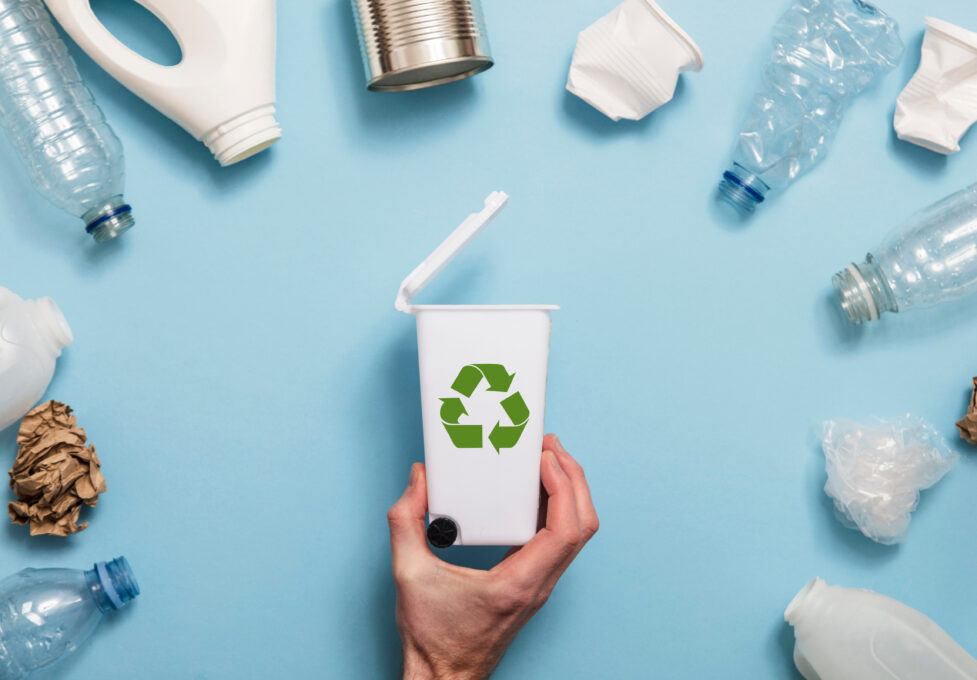
Kinds of plastics, uses and how to recycle

Sustainable Tourism: How to Travel with Minimal Environmental Impact

Sustainable manufacturing

Four benefits of a circular economy

Building a Low-Carbon Supply Chain: Smart Strategies for Carbon Footprints Sustainable Operations

A Health-E start

Better links between waste management, circular economy and climate change mitigation measures can boost greenhouse gas emission reductions

The importance of energy efficiency in achieving climate goals

Ways Your Smart Home Can Save Energy

Digitalization can support shifting to more sustainable transport in Europe

The Transformative Role of AI in the Energy Sector

Life Cycle Assessment (LCA): everything you need to know

How does climate risk affect us?

E-Waste Solutions: How to Responsibly Dispose of Electronics

10 Sustainable Holiday Tips for a Greener Season
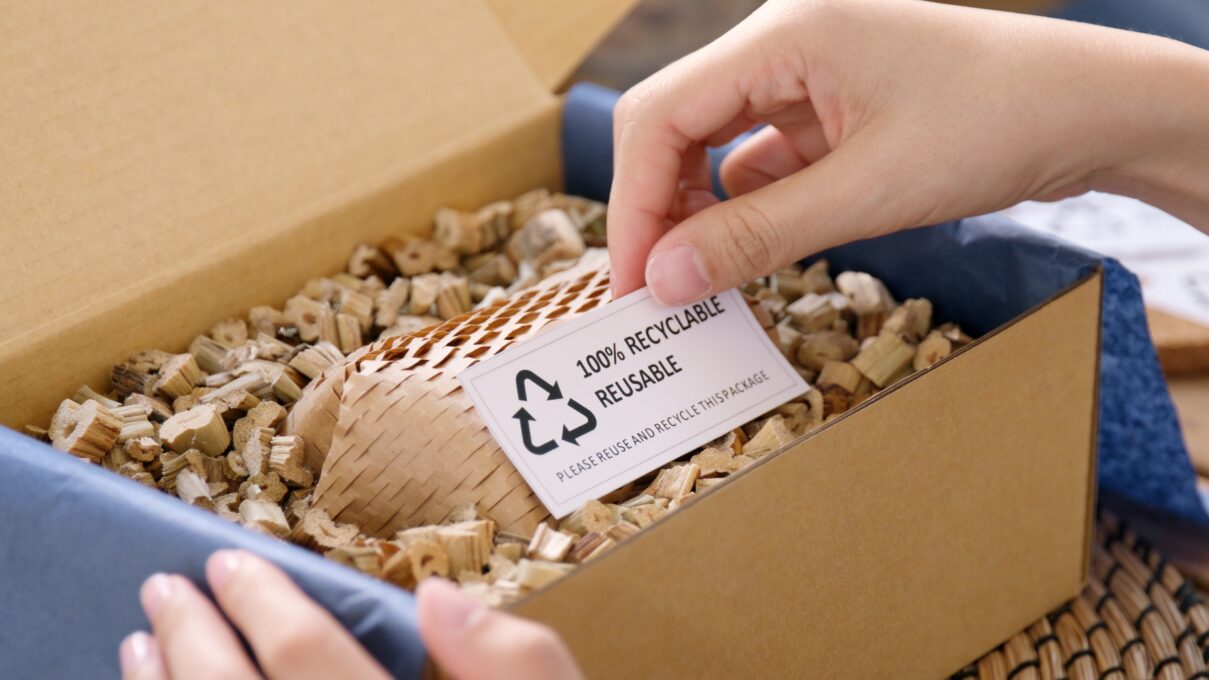
Sustainable products: the key to a greener future

Ways to Prevent Wasted Food at Home

Sustainable Packaging in the EU: Trends, Challenges, and Opportunities

Ecotourism: What It Is and Why It Matters
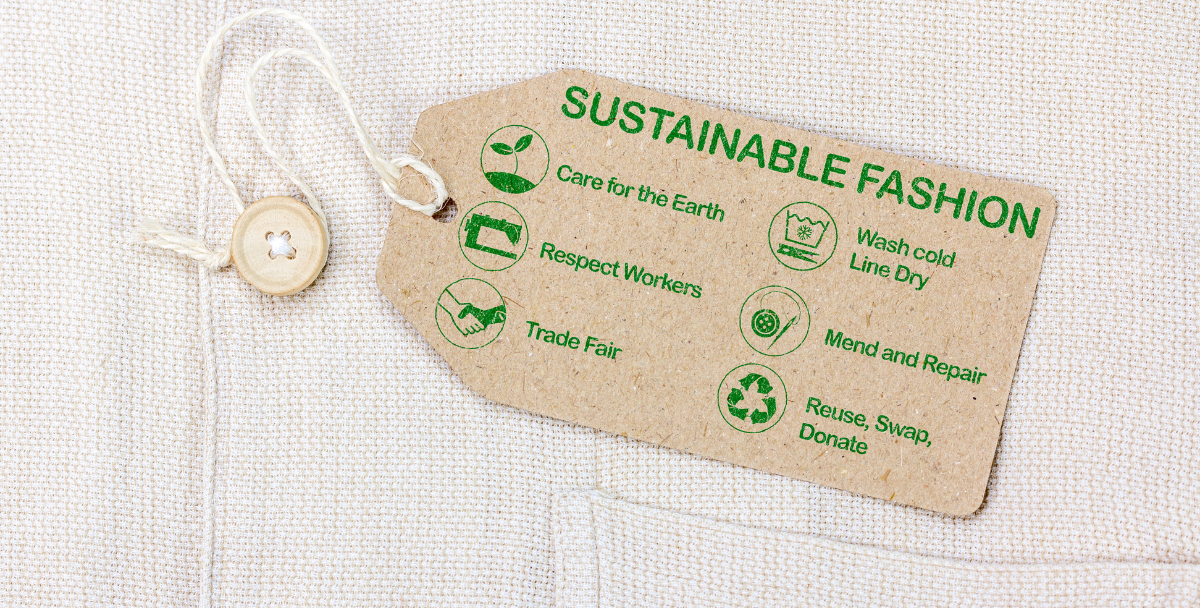
How Sustainability Technology is changing the Fashion Industry for the Better

Ways the world can reduce emissions from global transport systems

What is the EU doing to implement green washing regulations?
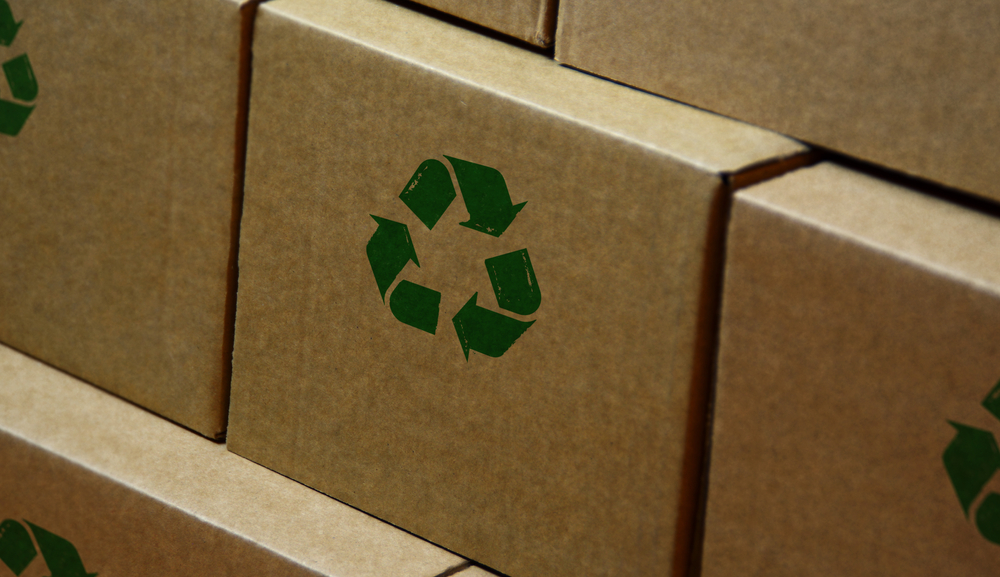
Sustainable packaging

Why Ecotourism Matters in the Fight Against Climate Change

How to have a festive and eco-friendly Christmas this year

How E-waste and electronics recycling helps environmental conservation

Ecotourism: Connecting Nature and Culture for a Sustainable Future

An Ambitious Plan to Manage Non-Packaging Plastics in European Waste Streams
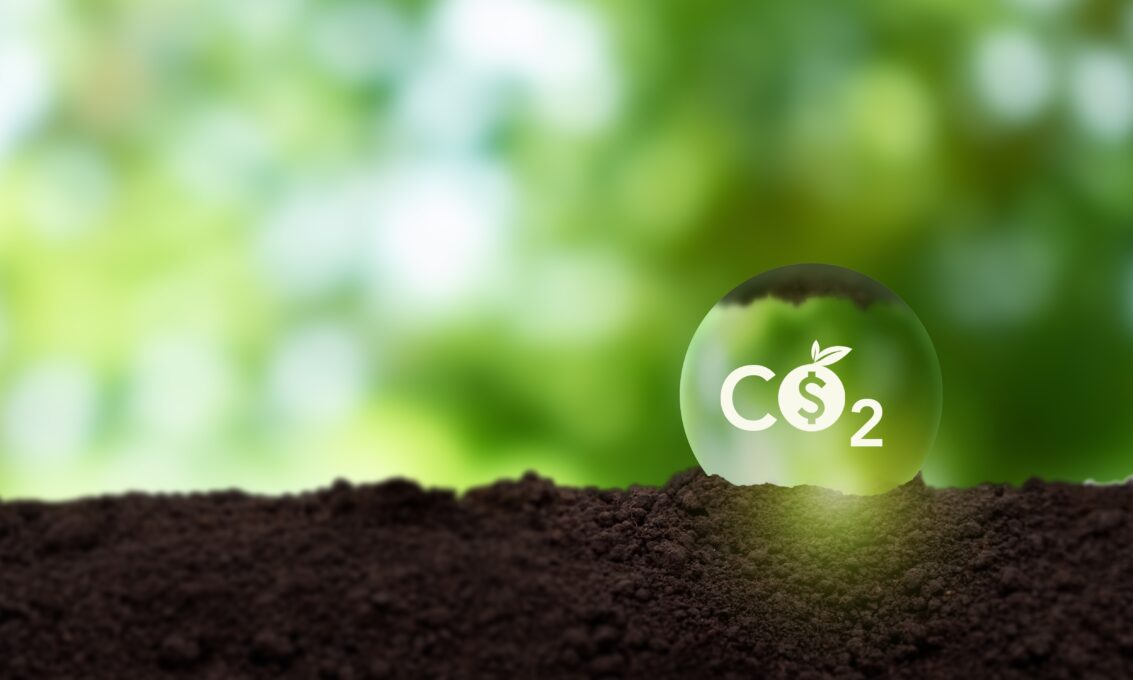
Understanding environmental commodities